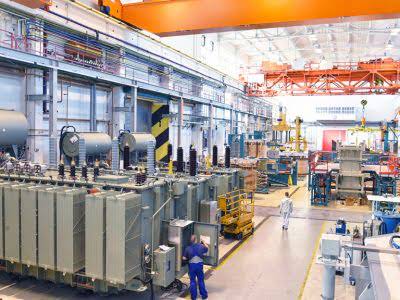
It simply computes the incremental cost by dividing the change in costs by the change in quantity produced. The relationship between incremental revenue and incremental cost, as well as how their relative values affect the company’s overall financial result, is shown in this table in a simplified manner. This nuanced understanding and its relationship to both variable and fixed costs is critical for making effective decisions in the dynamic realm of production expansion and pricing strategies. If no excess capacity is present, additional expenses to consider include investment in new fixed assets, overtime labor costs, and the opportunity cost of lost sales. Incremental analysis models include only relevant costs, and typically these costs are broken into variable costs and fixed costs. As a result, the total incremental cost to produce the additional 2,000 units is $30,000 or ($330,000 – $300,000).
- Incremental analysis models include only relevant costs, and typically these costs are broken into variable costs and fixed costs.
- Incremental costs are relevant in making short-term decisions or choosing between two alternatives, such as whether to accept a special order.
- Analyzing production volumes and the incremental costs can help companies achieve economies of scale to optimize production.
- Therefore, knowing the incremental cost of additional units of production and comparing it with the selling price of these goods assists in meeting profit goals.
- If no excess capacity is present, additional expenses to consider include investment in new fixed assets, overtime labor costs, and the opportunity cost of lost sales.
Incremental Cost vs. Marginal Cost
- Long-run incremental cost (LRIC) is a forward-looking cost concept that predicts likely changes in relevant costs in the long run.
- In other words, incremental costs are solely dependent on production volume.
- Below are the current production levels, as well as the added costs of the additional units.
- It also helps a firm decide whether to manufacture a good or purchase it elsewhere.
- This holistic viewpoint is especially important for companies deciding on production levels strategically.
- It simply computes the incremental cost by dividing the change in costs by the change in quantity produced.
The incremental cost is based on a choice-oriented principle that only includes prospective costs. In this case, the incremental cost of $10 is the relevant cost for comparison. You should consider whether incremental costs are the additional costs from selecting a certain course of action. Plan A’s additional features and benefits outweigh the additional cost. This strategic move is intended to increase overall profitability while maintaining the company’s return on investment (ROI).

Uses for Incremental Analysis

Then, a special order arrives requesting the purchase of 15 items at $225 each. Get instant access to lessons taught by experienced private equity pros and bulge bracket investment bankers including financial statement modeling, DCF, M&A, LBO, Comps and Excel Modeling. In this instance, the extra expense involved in making 50 more shirts is $400. While the company https://www.bookstime.com/articles/posting-in-accounting is able to make a profit on this special order, the company must consider the ramifications of operating at full capacity. Striking the right balance between overproduction and underproduction ensures efficient resource utilization. Austin has been working with Ernst & Young for over four years, starting as a senior consultant before being promoted to a manager.
Incremental Cost Decisions
They are always composed of variable costs, which are the costs that fluctuate with production volume. If the LRIC increases, it means a company will likely raise product prices to cover the costs; the opposite is also true. Forecast LRIC is evident on the income statement where revenues, cost of goods sold, and operational expenses will be affected, which impacts the overall long-term profitability of the company.
- Then, a special order arrives requesting the purchase of 15 items at $225 each.
- Understanding the additional costs of increasing the production of a good is helpful when determining the retail price of the product.
- Since incremental costs are the costs of manufacturing one more unit, the costs would not be incurred if production didn’t increase.
- Incremental costs are also useful for deciding whether to manufacture a good or purchase it elsewhere.
- It becomes necessary to figure out the incremental cost when considering adding an extra 10 units.
- However, care must be exercised as allocation of fixed costs to total cost decreases as additional units are produced.

The reason for the relatively small incremental cost per unit is due to the cost behavior of certain costs. For example, when the 2,000 additional units are manufactured most fixed costs will not change in total although a few fixed costs could increase. Certain costs will be incurred whether there is an increase in production or not, which are not computed when determining incremental cost, and they include fixed costs. However, care must be exercised as allocation of fixed costs to total cost decreases as additional units are produced. Incremental cost is how much money it would cost a company to make an additional unit of product.
